
Recognizing Plant Physiology authors: Harry Horner
Plant Physiology, Plant Physiology: Author Profiles
Harry Horner, author of Nectar biosynthesis is conserved among floral and extrafloral nectaries
Current Position: Retired June 2018; University Professor Emeritus, Department of Genetics, Development and Cell Biology & Roy J. Carver High Resolution Microscopy Facility
Education:
N.I.H. Postodoctoral…
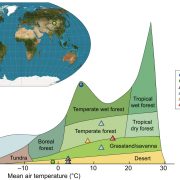
Review: On tree longevity (New Phytol)
Plant Science Research WeeklyEveryone enjoys hearing about ancient trees that have been alive since various events in human history, but did you ever stop to wonder why some trees live for millennia and others don’t? If so, you’ll want to read this Tansley Review by Piovesan and Biondi. One of their first observations is that…
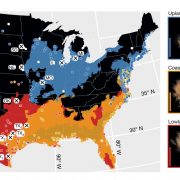
Genomic mechanisms of climate adaptation in polyploid bioenergy switchgrass (Nature)
Plant Science Research WeeklySwitchgrass (Panicum virgatum) is a tall, perennial species native to the prairies of North America. Switchgrass is well-known for its uses as a biofuel and forage crop. However, switchgrass is also a fascinating model to investigate how plants adapt to changing environments, as historical glacial cycles…
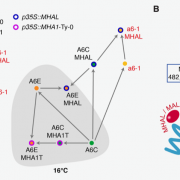
Regulation of ACD6 ion channel-like protein by small peptides (bioRxiv)
Plant Science Research WeeklyACCELERATED CELL DEATH 6 (ACD6) positively regulates the signaling of the plant defense hormone salicylic acid (SA). It was originally identified by the study of natural variation in defense responses of Arabidopsis thaliana. The naturally hyperactive ACD6-Est-I allele confers broad-spectrum disease…
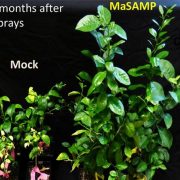
A stable antimicrobial peptide with dual functions of treating and preventing citrus Huanglongbing (PNAS)
Plant Science Research WeeklyCitrus Huanglongbing (HLB) caused by the bacterium Candidatus Liberibacter asiaticus (CLas) is the most destructive disease of citrus and currently has no cure. Current management practices are also not effective. Huang et al. used comparative analysis of small RNAs and mRNAs between HLB-sensitive and…
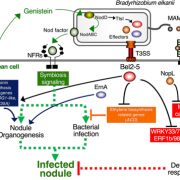
Rhizobia use a pathogenic-like effector to hijack leguminous nodulation signaling (Sci Reports)
Plant Science Research WeeklySymbiotic interactions between legume plants and compatible rhizobia bacteria lead to the formation of nitrogen-fixing nodules in the host plant root. Compatibility between rhizobia and host plants is determined by various factors like plant species-specific flavonoid secretion, extracellular polysaccharides…
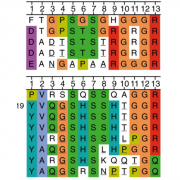
When fungi get ‘SCOOP’ed: MIK2 receptor kinase perceives SCOOP phytocytokines in Arabidopsis thaliana (Nature Comms)
Plant Science Research WeeklyPlant cells sense endogenous and exogenous molecules through proteins localized to the cell surface. While numerous ligands that mediate a variety of developmental and stress processes are known, cognate receptors for many ligands remain unidentified. Rhodes and colleagues have now shown the Arabidopsis…
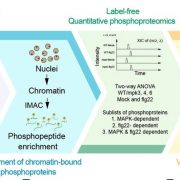
Chromatin phosphoproteomics identifies an AT-hook motif protein involved in PAMP-triggered immunity (PNAS)
Plant Science Research WeeklyMitogen-activated protein kinases (MAPKs) are conserved protein kinases in eukaryotes that participate in signaling from cytoplasmic to chromatin events to allow transcription reprogramming. MAPKs play prominent roles at the chromatin level. Rayapuram et al. report a chromatin-associated phosphoproteome…

Plant Science Research Weekly: Feb 12, 2021
WWR Full PostReview: On tree longevity
Everyone enjoys hearing about ancient trees that have been alive since various events in human history, but did you ever stop to wonder why some trees live for millennia and others don’t? If so, you’ll want to read this Tansley Review by Piovesan and Biondi. One of their…

